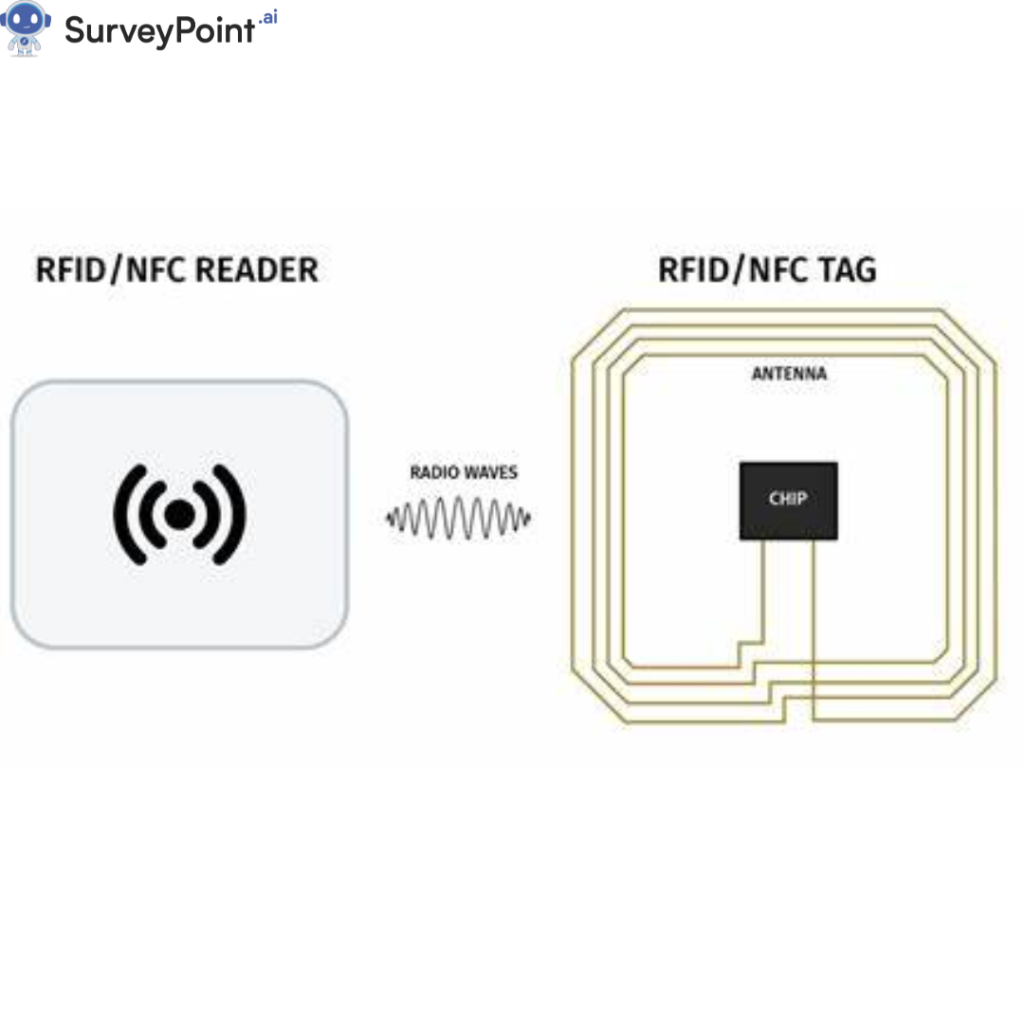
Simple random sampling is a method often used in statistical research and surveys. It is a way to pick a sample from a larger population randomly. Each unit of the population has an equal opportunity of being selected.
In this article, we will talk about simple random sampling and its advantages and disadvantages. We will be sharing The steps for carrying out Simple Random Sampling. The readers will also be able to learn about the different types of simple random sampling used by researchers.
What is Simple Random Sampling (SRS)?
Simple random sampling is a probability sampling method that involves picking a sample randomly from a larger population. In this method, each population unit has an equal chance of being selected. Randomly choosing the sample ensures that it represents the whole population. This method eliminates any biases that might be present in other sampling methods.
Example of Simple Random Sampling (SRS)
Consider a company with 1000 employees. The company requires 100 employees to finish onsite work. The person carrying out the SRS puts the names of all of the employees in a basket. 100 names will be chosen at random. In this way, every employee in this situation has an equal probability of being chosen.
Random Sampling Formula
If P is the probability, n is the sample size, and N is the population. Then.
- The chance of getting a sample selected only once is determined by:
P = 1 – (N-1/N).(N-2/N-1)…..(N-n/N-(n-1))
Canceling = 1-(N-n/n)
P = n/N
- The chance of getting a sample selected more than once is determined by:
P = 1-(1-(1/N))n
Advantages OF Simple Random Sampling
- One of the most significant benefits of simple random sampling is how easy it is to implement.
- It is a simple process that can be done with a random number generator or by drawing lots.
- Simple random sampling is popular among researchers who need to collect data from a large population quickly.
- It is cost-effective because it doesn’t require extra resources or complicated calculations.
- Another benefit of simple random sampling is that it can give accurate and unbiased results. Since the sample is chosen randomly, it is less likely to be biased or influenced. Other sampling methods, such as convenience or purposeful sampling, can create bias.
- The results from a simple random sample are more likely to reflect the whole population. With these results, you can make accurate conclusions about the people.
Disadvantages of Simple Random Selection
There are some drawbacks to simple random sampling as well.
- One of the most vital drawbacks is that the sample size must be big enough to represent the population accurately.
- When the sample size is too small, the results may not accurately reflect the whole population. Resulting in inaccurate data findings.
- If the population is large and distinct, it may be hard to get a random sample that represents the whole population.
How do you conduct a Simple Random Sampling?
Follow these steps to perform simple random sampling:
Define the population: The first step in a simple random sampling is to define the population. This means picking the group of people or units that you want to study.
Determine the sample size: The next step is determining the sample size. This involves choosing how many units you want to include in your sample.
Make a list of the population: The third step is to list the population. Researchers can do this by using a database or a list of people they have access to.
Use a random number generator or draw lots: The fourth step is to use a random number generator or draw lots to pick your sample. It ensures that the sample is chosen randomly and that each unit has the same chance of being chosen.
Collect data from the sample: The next step is to collect data from the sample. Researchers can do this through surveys, interviews, or other types of data collection.
Analyze the Data: the final step is to analyze the data the researchers have collected through various means.
You Must Watch: A Guide to the Best Customer Experience Software
5 Types of Simple Random Sampling
Different techniques of Simple Random Sampling are used depending on the research goals and the population’s characteristics. Some of the most common types of simple random sampling include:
- Simple Random Sampling without Replacement: This type of simple random sampling involves picking a sample from the population without replacing the units that have been chosen. This means that once a unit has been selected, it cannot be chosen again by the researchers. This type of sampling is used if the sample size is small compared to the size of the population.
- Simple Random Sampling with Replacement: This type of simple random sampling involves picking a sample from the population and replacing the units that have been chosen after each selection. This means that researchers can choose a unit more than once.
This kind of sampling is used when the sample size is bigger than the population. It can also be used when the research goals include taking measurements more than once.
- Stratified Simple Random Sampling: In this type of simple random sampling, the population is split into homogeneous subgroups, and a sample is taken from each group.
This type of sampling aims to ensure that the sample is representative of the different subgroups within the population. This kind of sampling is used when the population is made up of different kinds of people, and the researcher wants to make sure that the sample is representative of all the other groups in the population.
- Cluster Sampling: This simple random sampling involves dividing the population into smaller, similar clusters and choosing a sample of clusters. The sample is then made up of the units in each of the clusters that were chosen.
This type of sampling is used when a population is vast and spread out over a large area, making it easier to get a representative sample with simple random sampling without replacement.
- Multistage Sampling: This simple random sampling involves selecting a sample in more than one step. In the first step, a sample of clusters is chosen. In the next step, a sample of units is chosen from each of the selected clusters.
This kind of sampling is used when the population is extensive and spread over a large area. As such, a researcher wants to ensure that the samples represent the different subgroups within the population.
By understanding the different types of simple random sampling, researchers can choose the best method for their specific research needs. This will ensure that researchers get accurate and representative results based on their research goals and the characteristics of the population.
Conclusion
Simple random sampling is often used in statistical research and surveys. It is a simple and cheap method that gives accurate results when the sample size is big enough, and the population is uniform.
By following the steps in this article, researchers can ensure that they get accurate and representative results from simple random sampling.




